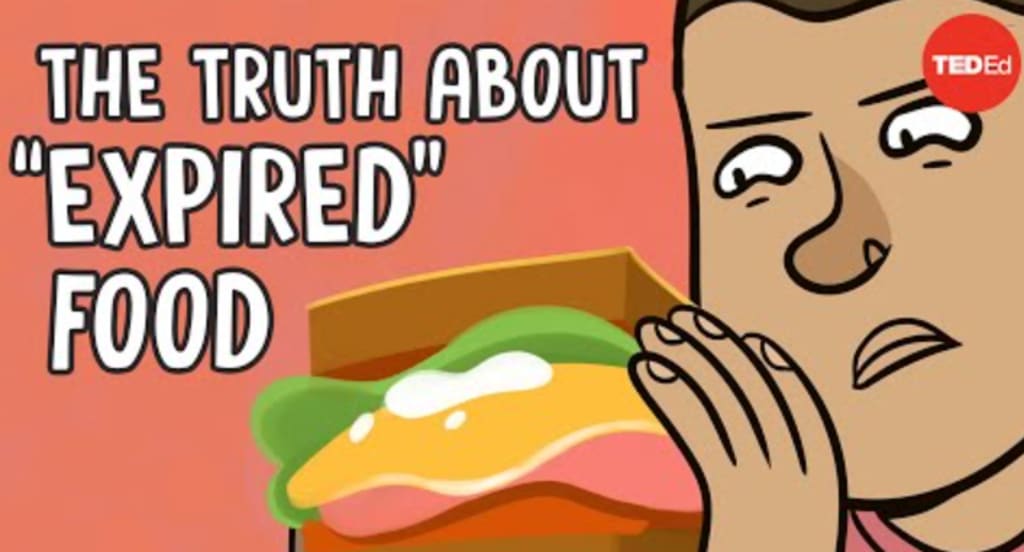
Picture this: you swing open your refrigerator door, greeted by an assortment of food items waiting to be turned into delicious meals. Yet, as you reach for that container of yogurt with yesterday's date stamp, hesitation sets in. Is it still safe to eat? What about the loaf of bread with a "best by" date that passed last week? These questions are all too familiar in households around the world, contributing to a staggering amount of food waste each year. In the United States alone, 37% of food waste originates from individual households, with approximately 20% of discarded items being tossed due to confusion over expiration dates.
But here's the thing: most of the time, those dates don't mean what we think they do. Before the 20th century, assessing the freshness of food was a simpler affair. People relied on their senses—sight, smell, and touch—to determine whether something had gone bad. However, with the rise of supermarkets and processed foods, the path from farm to table became more convoluted. Enter: date labeling.
In the 1970s, many US supermarkets adopted open dating systems, where manufacturers or retailers labeled products with dates indicating optimal freshness. However, these dates were not about food safety; they were about marketing. Manufacturers wanted customers to experience their products at their peak, so they set these dates conservatively, often well before the food would actually spoil. Consequently, many items remain perfectly safe to eat long after their labeled dates have passed.
So, what's the deal with these dates, then? Are they just arbitrary numbers printed on packaging? Well, yes and no. While some foods do have expiration dates that signal when they might become unsafe to eat, most items are stamped with "best by" or "sell by" dates, which indicate peak freshness rather than spoilage. These dates are largely unregulated and decided upon by manufacturers or retailers based on factors like taste, texture, and appearance.
But here's where it gets tricky: consumers often mistake these dates for indicators of food safety, leading to unnecessary waste. Surveys show that over 70% of Americans rely on date labels to determine if food is still edible, and nearly 60% say they would throw away food past its labeled date. This misunderstanding not only contributes to food waste but also perpetuates a cycle of overconsumption and environmental harm.
The truth is, many foods can still be consumed well beyond their labeled dates. Canned goods, for example, can remain safe for years, as long as the can is intact and shows no signs of bulging or rusting. Frozen foods are also remarkably resilient, thanks to the low temperatures that inhibit bacterial growth. And while refrigerated items like eggs or dairy products may lose some quality over time, they are typically still safe to eat beyond their printed dates.
Of course, there are exceptions. Perishable items like meats, dairy, and prepared foods are more susceptible to bacterial contamination and should be consumed or frozen promptly. Additionally, certain high-risk foods, like unpasteurized cheeses or ready-to-eat salads, should be treated with caution, as they may harbor harmful pathogens.
But beyond these exceptions, the vast majority of food waste attributable to date labeling is entirely avoidable. So, what can we do to address this issue and promote more sustainable consumption habits?
One solution is standardized date labeling. By using clear and consistent phrases like "best if used by" or "use by" to indicate freshness or safety, consumers can make more informed decisions about when to discard food. Implementing these standards at the federal level could significantly reduce food waste and alleviate consumer confusion.
Another approach is to remove date labels altogether, as some UK supermarkets have done. Instead, consumers are encouraged to use their senses to determine if food is still fit for consumption. By trusting our eyes, nose, and taste buds, we can reduce reliance on arbitrary date labels and make more mindful choices about what we eat.
Furthermore, policies incentivizing food donations from grocers and restaurants can help redirect unsold food to those in need, rather than sending it to landfill. In the US, confusion over date labels has led at least 20 states to restrict food donations past their labeled dates, despite federal protections that actually encourage such donations. By clarifying these regulations and promoting food rescue efforts, we can mitigate food waste while addressing issues of hunger and food insecurity.
Ultimately, the key to reducing food waste lies in changing our mindset and behavior. By reevaluating our reliance on date labels and adopting more mindful consumption habits, we can take significant strides toward building a more sustainable food system. Whether it's trusting our senses, advocating for standardized labeling, or supporting food rescue initiatives, each of us has a role to play in combating food waste and creating a healthier planet for future generations.
About the Creator
ava
The future belongs to those who prepare for it today






Comments
There are no comments for this story
Be the first to respond and start the conversation.